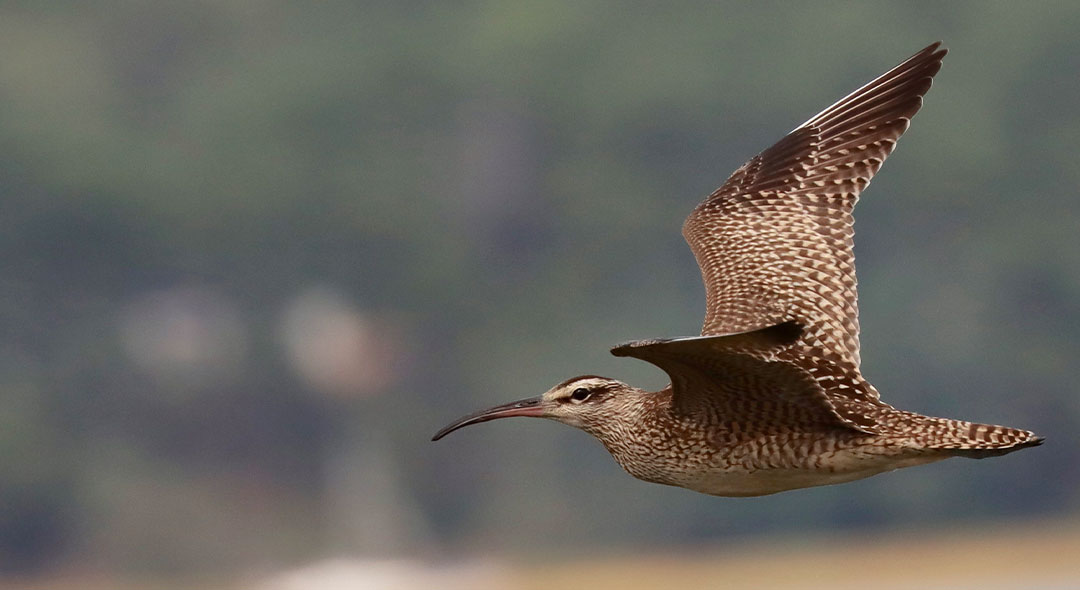 Earlier this month, Manomet’s Climate Services Leader Eric Walberg served as an advisor to a group of urban planning students at the Harvard Graduate School of Design. The students were asked to generate community-based ideas for the future of Revere, Massachusetts’ coastal district. Revere is a coastal community just north of Boston, which faces a suite of challenges, one of them being vulnerability to rising sea levels and storm surge. Walberg, who has a background in coastal resiliency planning, brought his expertise on natural ecosystem adaptation services to the proposed projects.
Earlier this month, Manomet’s Climate Services Leader Eric Walberg served as an advisor to a group of urban planning students at the Harvard Graduate School of Design. The students were asked to generate community-based ideas for the future of Revere, Massachusetts’ coastal district. Revere is a coastal community just north of Boston, which faces a suite of challenges, one of them being vulnerability to rising sea levels and storm surge. Walberg, who has a background in coastal resiliency planning, brought his expertise on natural ecosystem adaptation services to the proposed projects.
Most coastal communities will face planning problems down the road. While some will be lucky enough to have bright and engaged students to help them make some of these tough choices, balancing development needs with a healthy and thriving ecosystem will continue be a challenge. We sat down with Walberg to discuss how natural systems can play a role in resiliency planning.
1. What are some of the design trade-offs that students were facing in this project?
The students were asked to consider both the need for economic development in Revere and the challenges associated with a community that is vulnerable to sea level rise. Many of the students included a mix of green and gray infrastructure features intended to accommodate the increasing flood threat.
2. What is the difference between gray and green infrastructure?
Gray infrastructure are traditional human-engineered solutions to flood protection like sea walls, jetties and storm water culverts. These approaches are typically expensive to implement and often have unintended adverse environmental impacts such as coastal erosion, habitat loss and water quality degradation.
Enhancement and revitalization of natural features such as tidal wetlands and vegetated riparian corridors can reduce flood damage by weakening wave energy and temporarily storing excess water. Inclusion of these features, collectively known as green infrastructure, in resiliency planning has the added benefits of providing wildlife habitat and protecting water quality.
3. How can coastal communities incorporate green infrastructure in the most cost effective manner?
Protection of intact natural areas is by far the most cost effective approach to green infrastructure in local planning. Restoration of degraded natural features is typically more expensive and often falls short of restoring the full set of ecosystem services provided by intact systems.
4. How does this topic align with the work that Manomet is doing?
Manomet is currently working with a consortium of governmental and nonprofit organizations to develop a green infrastructure training program for municipal staff and community leaders in the Taunton River Watershed. The goal in Taunton is to leverage significant intact natural resources to maximize resiliency to climate change and limit the costs associated with gray infrastructure-based approaches to flood control.
– Liza LePage





 Back to all
Back to all